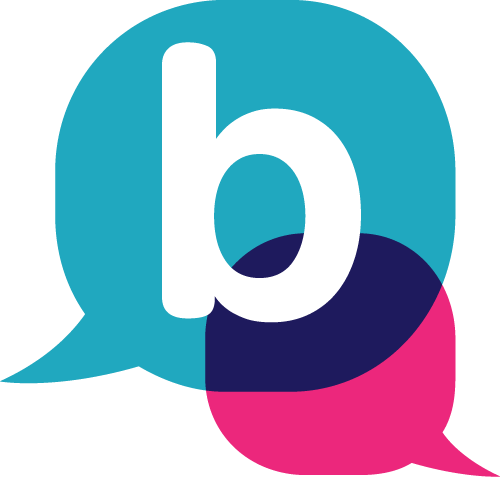7 Steps for a Successful Chatbot Implementation
October 17, 2019

Ready to take the plunge and dive into conversational marketing? With more than 5 billion active users, messaging is now a critical channel that brands and organizations can no longer ignore. As you embark on creating a conversational marketing program, I would like to propose 7 steps to ensure the success of your chatbot.
1. Start by clearly defining the purpose of the bot and desired outcomes you hope to achieve. Consider achievable and measurable outcomes, like lead generation or content engagement. Or perhaps the bot will serve as a utility, like making reservations or accessing product information. Just be very clear about what it will do and how you plan to measure its success. Will your bot have a personality? Will it be serious or funny? What services will it perform? How long do you want users to stay engaged with it?
2. Develop use cases and sample conversation flows. I always recommend diagramming this part. Show how the conversations would unfold and think about possible dead ends and re-engagement strategies. Bring your team into this process, as they will help you find gaps in your thinking and creative approaches you might have overlooked. Also, be sure to think about API calls that might be needed to enable personalization of the conversation, or data handoffs you will need to enable into a CRM environment or customer database.
3. Build a knowledge base. This is going to be critical if your bot is going to need to answer questions and understand natural language. Botco.ai has a methodology for building a knowledge base that is quite simple. Imagine that your bot is a new team member and you plan to train them on your company and its products…or whatever type of information the new employee would need to know in order to answer questions. The content doesn’t need to be structured – you can provide links, FAQs, product collateral, industry information, presentations, video transcripts and other such materials into the knowledge base. The more the better!
4. Organize your content and engagement assets. What kind of files will your chatbot share during conversations? Consider using topical GIFs, video clips, documents, stickers, buttons, graphics…visual assets that will bring your conversations to life and illustrate your story. If you are building for Facebook Messenger, utilize the templated menus and buttons available on the Facebook Developer site. They have a handy Sketch file you can download to make it easy to get started.
5. Create a bot discovery plan. I can’t emphasize this enough. With as much work as it will take to develop your chatbot, plan a great discovery strategy across all your digital touch points. Make sure you have “on-ramps” to your bot from your website, your social media properties, your email campaigns, etc. If you are building your chatbot for Facebook Messenger, be sure to give yourself 2-3 weeks to have Facebook approve it and make sure it gets added to the Discover tab.
6. Test it, then test it again before deploying. Facebook allows up to 2,000 users to test your chatbot. Start with your internal team members, then make it available to a wider audience where you can test it and find where it fails. This will be an ongoing effort so don’t stop monitoring and collecting feedback to improve it, even after it launches.
7. Analyze and iterate. Keep a close watch on your chatbot engagement metrics and look closely at areas where improvements can be made. Are you noticing a repeating error? What about typos that the bot is misinterpreting? Analyze the sentiment in the language and phrases your customers are using. A/B test different scenarios to see which conversation paths prove to be more successful. And finally, start the process again, thinking about new capabilities can you add to your bot now that it has mastered an initial set of skills!

